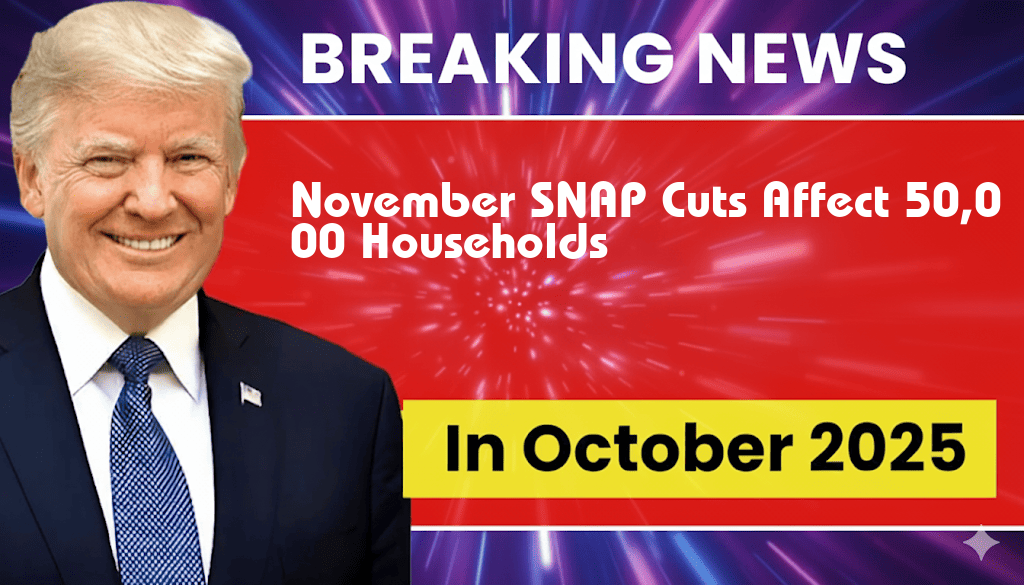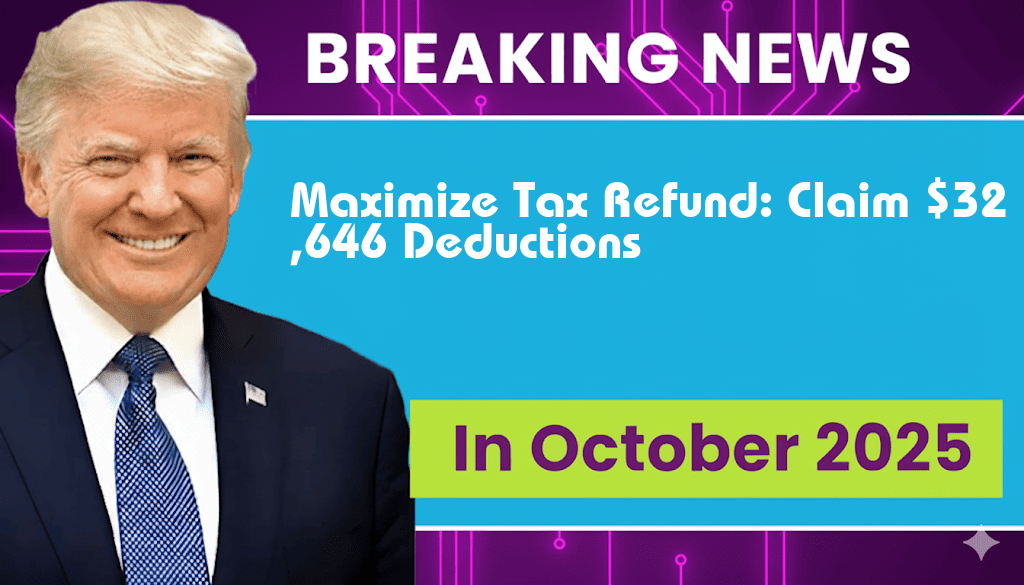

November Sees $58 Monthly SNAP Reduction Impacting 50,000 Households
In November, approximately 50,000 households across the United States will experience a significant reduction in their Supplemental Nutrition Assistance Program (SNAP) benefits, with an average decrease of $58 per month. This change has raised concerns among food security advocates and local organizations, as many families face mounting challenges to meet their nutritional needs. The cut comes as part of the expiration of emergency allotments that were implemented during the COVID-19 pandemic, intended to provide additional assistance during a time of economic uncertainty. As the nation grapples with rising inflation and increased living costs, this reduction poses a particular challenge for low-income families who rely on SNAP to put food on the table.
Background on SNAP Benefits
The SNAP program, formerly known as food stamps, is a federal assistance initiative designed to aid low-income individuals and families in purchasing food. According to the U.S. Department of Agriculture, SNAP benefits are crucial for improving food security and nutritional intake among vulnerable populations. The program has seen fluctuations in funding and benefits, particularly during times of economic crisis.
Impact of the Reduction
The recent cut of $58 per month may seem nominal, but for many households, it translates into a significant loss of purchasing power. For instance, a family of four may find it difficult to secure adequate nutrition with this reduced budget. Local food banks and community organizations are anticipating an increase in demand for food assistance as families struggle to cope with these changes.
Who Will Be Affected?
- Low-Income Families: Households relying on SNAP for basic food needs will be most impacted.
- Single-Parent Households: These families often face additional financial pressures, making the reduction particularly challenging.
- Senior Citizens: Older adults on fixed incomes may find it more difficult to manage with decreased benefits.
Community Response
In response to the SNAP reductions, various community organizations are mobilizing to provide additional support. Food banks, meal programs, and non-profits are preparing to expand their outreach efforts. For example, local food banks are anticipating a rise in visitations, as families seek additional resources to supplement their diminished SNAP benefits.
Advocacy and Future Considerations
Advocacy groups are calling for increased awareness and action to address the needs of those affected by the SNAP cuts. Organizations such as the Feeding America network emphasize the importance of maintaining adequate food assistance programs, especially in light of rising costs of living and inflation. Many advocates argue that the federal government should consider reinstating emergency allotments or implementing permanent increases to SNAP benefits to help families navigate these challenging economic conditions.
Conclusion
As the SNAP reductions take effect this November, the impact on food security for tens of thousands of households is becoming increasingly apparent. While community organizations work to fill the gaps left by the reduced benefits, the broader conversation about the adequacy of food assistance programs in the U.S. continues. Stakeholders are urged to consider sustainable solutions to ensure that all households have access to sufficient nutrition, particularly in an era marked by economic uncertainty.
| Household Size | Average Monthly SNAP Reduction |
|---|---|
| 1 | $30 |
| 2 | $50 |
| 3 | $70 |
| 4 | $100 |
Frequently Asked Questions
What is causing the SNAP reduction in November?
The November SNAP reduction is a result of adjustments made to the program, which will see a decrease of $58 in monthly benefits for affected households.
How many households are impacted by the SNAP reduction?
Approximately 50,000 households will experience the monthly SNAP reduction this November.
What does SNAP stand for?
SNAP stands for the Supplemental Nutrition Assistance Program, which provides food assistance to eligible low-income individuals and families.
When will the SNAP reduction take effect?
The SNAP reduction will take effect starting in November, impacting the monthly benefits of eligible households.
What can households do to cope with the SNAP reduction?
Households affected by the SNAP reduction can seek additional resources such as local food banks, community assistance programs, and budgeting strategies to help manage their food expenses.





